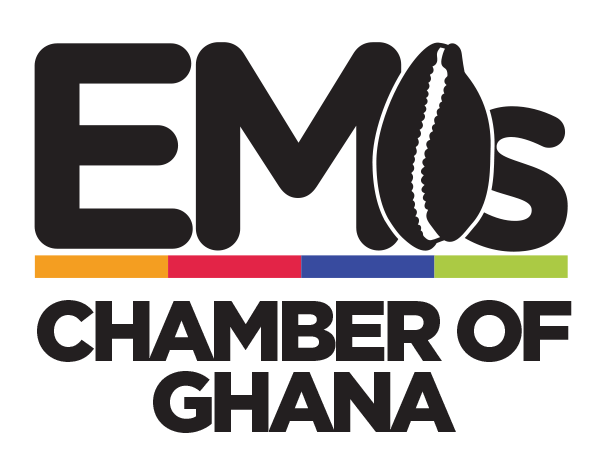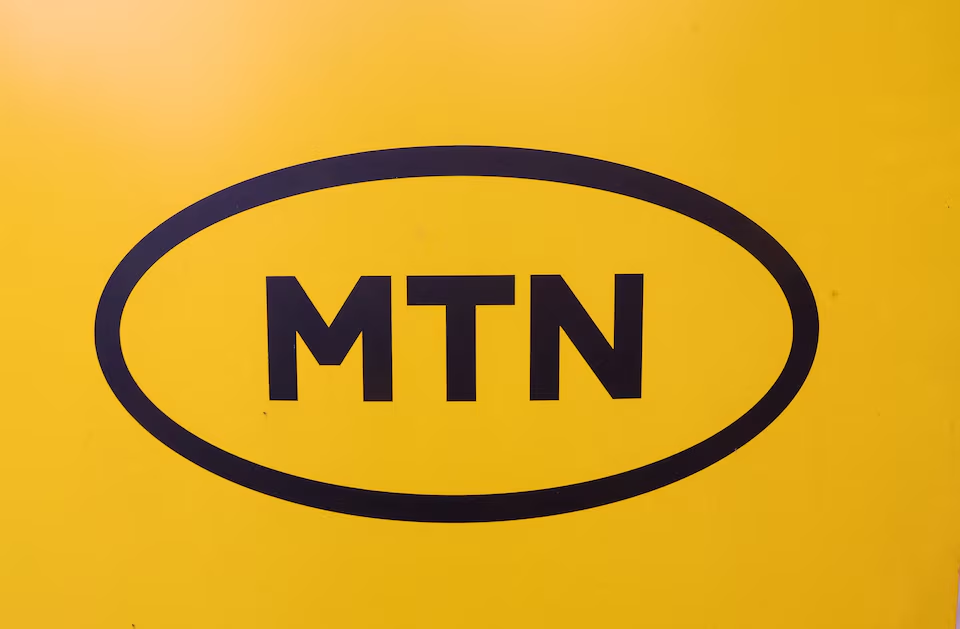Mobile operators worldwide are struggling with soaring spectrum costs, limiting their ability to invest in network upgrades and expansion, according to a new GSMA report. The findings highlight how inflated spectrum pricing leads to slower speeds, weaker coverage, and hindered digital growth.
Key Findings:
- Plummeting Revenue: Operators face a 96% drop in earnings per gigabyte since 2014, while spectrum costs remain high.
- Coverage & Speed Impact: A 10% increase in spectrum costs relative to revenue can reduce 4G/5G coverage by 6% and slow download speeds by 8%.
- Policy Flaws: Artificial scarcity, high reserve prices, and restrictive license terms inflate costs—consuming up to 25% of operator revenues in some markets.
GSMA’s Call to Action:
With 1,000 spectrum licenses expiring globally (2025–2030), the GSMA urges regulators to:
- Set market-aligned prices to boost investment.
- Avoid artificial scarcity and excessive fees.
- Prioritize affordable access to accelerate digital inclusion.
Vivek Badrinath, GSMA Director General:
“High spectrum costs choke investment when reliable connectivity is critical. Governments must price spectrum responsibly to unlock better networks and services.”
The report underscores that 10% more spectrum availability improves coverage by 2% and speeds by 4%—emphasizing the need for policy reform.
Source: TelecomTechNews
Why It Matters: With 5G-A and 6G on the horizon, balanced spectrum pricing is vital to bridge digital divides and sustain mobile innovation.
Edited for clarity and brevity | Original data sourced from GSMA.




